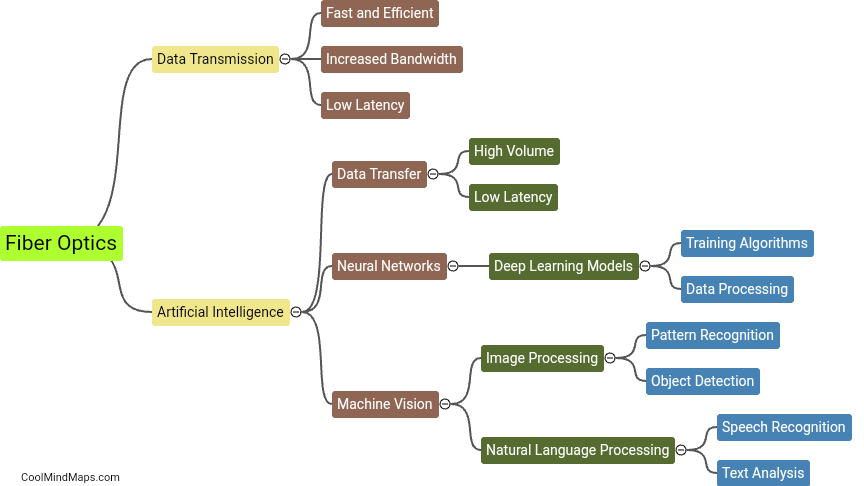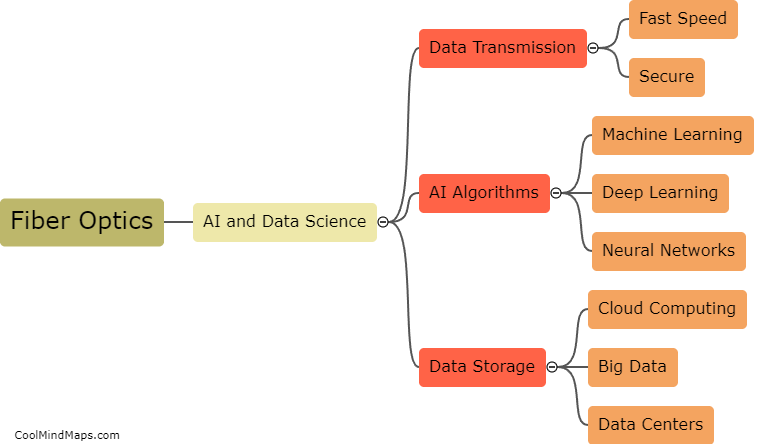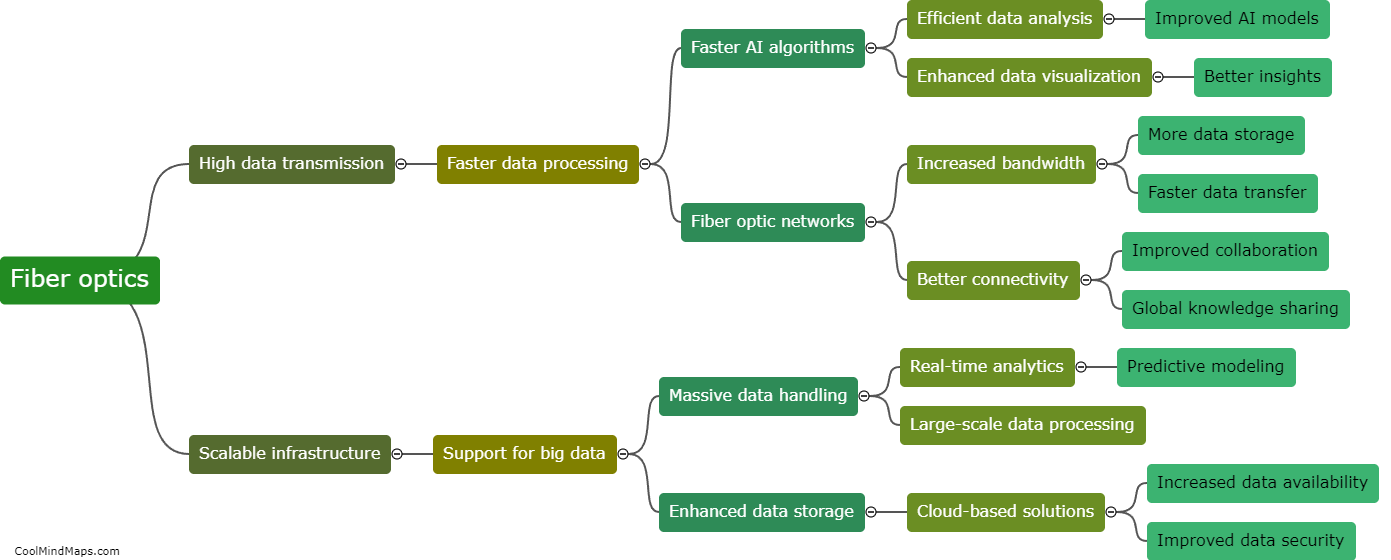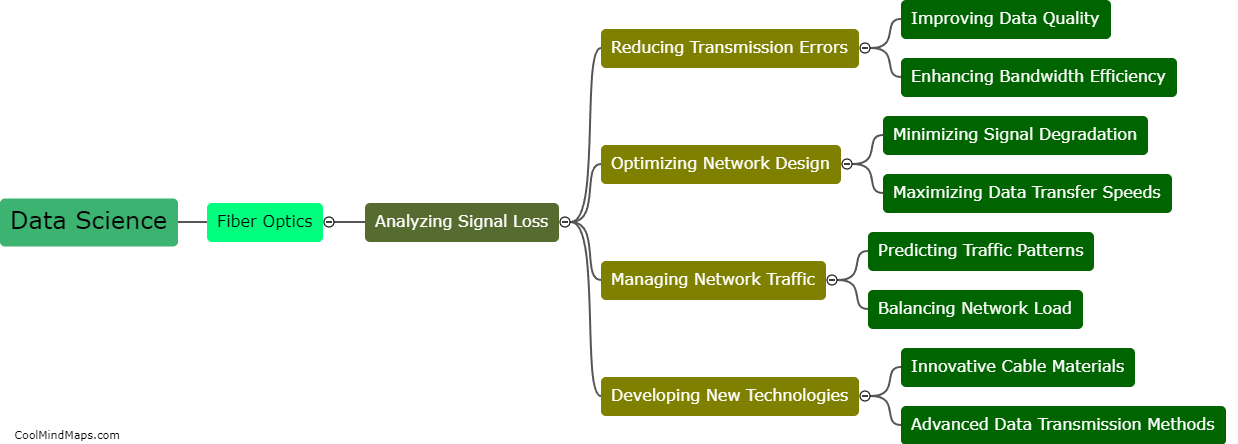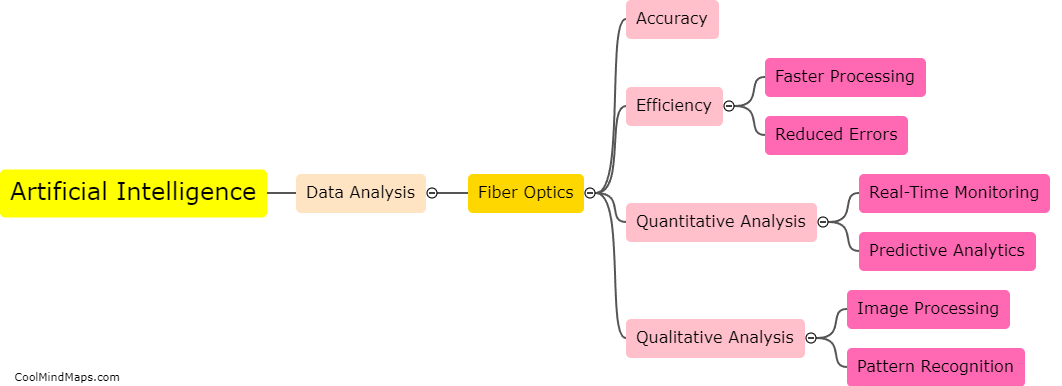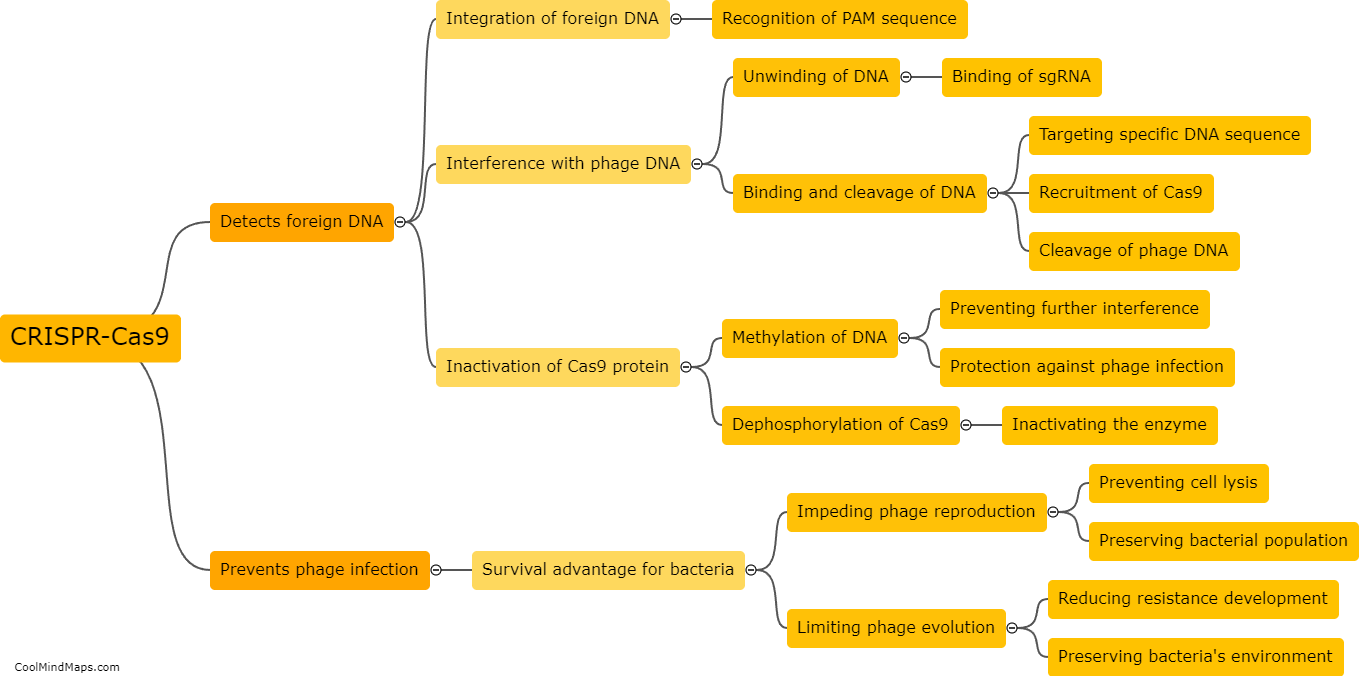How can CRISPR/Cas systems be integrated into clinical practice?
CRISPR/Cas systems, a powerful gene-editing tool, have the potential to revolutionize medicine by enabling targeted modifications to the human genome. Integrating CRISPR/Cas systems into clinical practice requires overcoming several challenges. One major hurdle is the delivery of CRISPR components to specific cells or tissues in a safe and efficient manner. Researchers are actively exploring various delivery methods, such as viral vectors and nanoparticles, to ensure precise targeting. Furthermore, due to the off-target effects of CRISPR, the development of techniques to enhance its specificity is crucial. Additionally, robust regulatory frameworks are needed to ensure ethical and responsible use of CRISPR/Cas systems in clinical settings. Despite these challenges, ongoing research and advancements in gene-editing technologies hold immense promise for the future of personalized medicine and the treatment of genetic disorders.

This mind map was published on 10 November 2023 and has been viewed 89 times.





